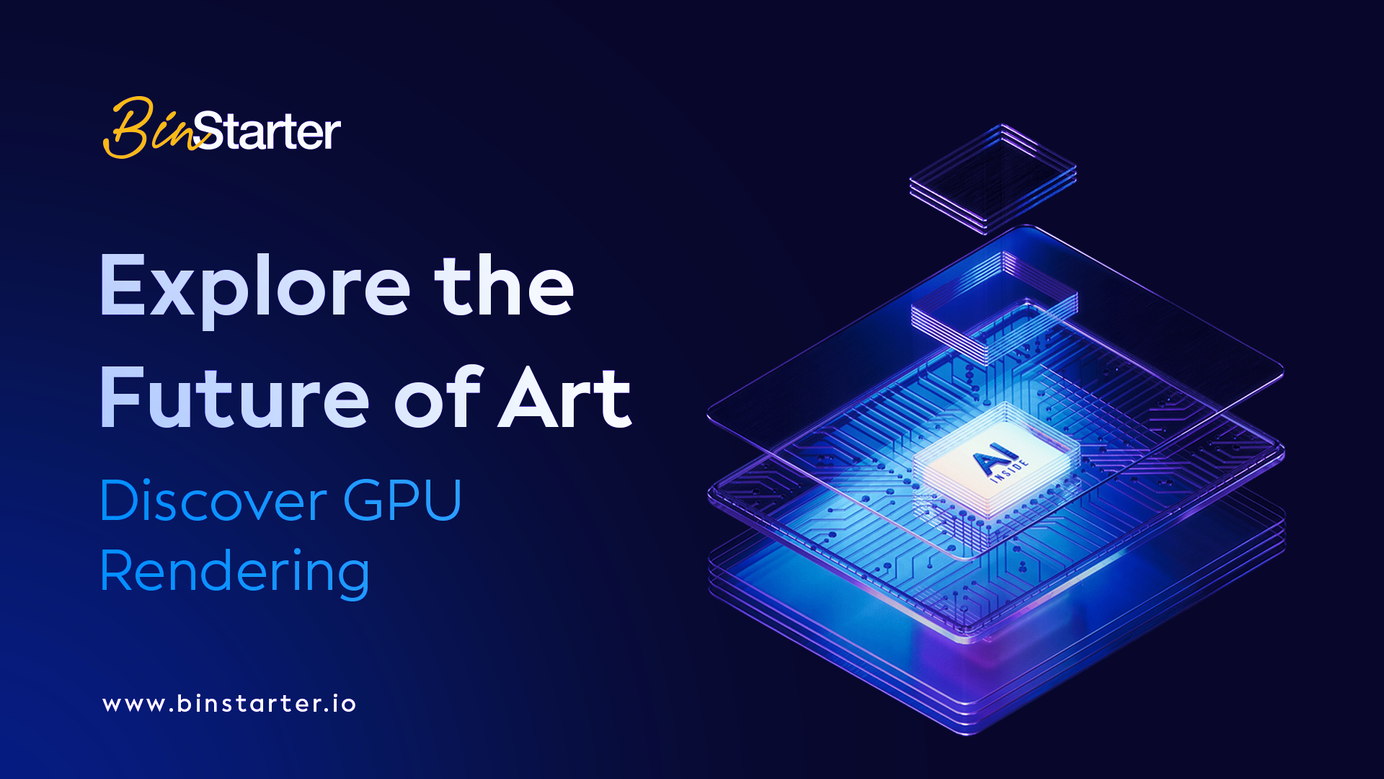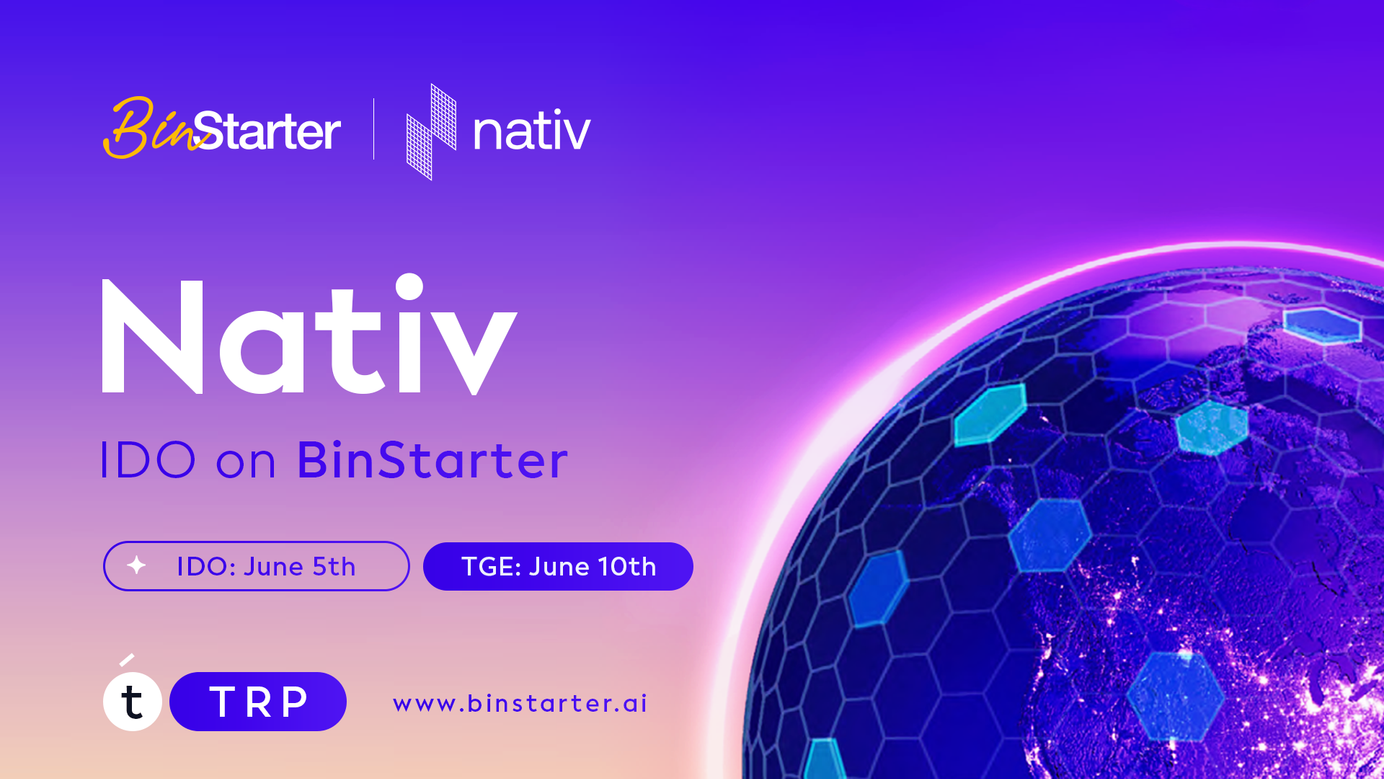
Revolutionizing Digital Art: The Power of GPU Rendering
In the rapidly evolving realm of digital art and 3D modeling, GPU rendering emerges as a game-changer, offering unmatched speed, efficiency, and realism. This technology, which utilizes the graphics processing unit, marks a significant leap over traditional CPU rendering, enabling artists and designers to produce complex imagery with ease. This article delves into the advantages of GPU rendering, including its superior speed and the capacity for real-time scene adjustments, and explores its growing significance in animation, design, and the broader digital creation landscape. As the demand for more sophisticated visual content rises, GPU rendering and cloud-based services are set to shape the future of digital creativity.
What is GPU rendering?
GPU rendering utilizes the graphics processing unit (GPU) within a computer or device to carry out the necessary calculations for creating 3D imagery. This method contrasts with CPU rendering, which depends on the central processing unit (CPU) and is limited in its ability to process tasks simultaneously. By tapping into the GPU's capacity for parallel processing across its hundreds or thousands of cores, GPU rendering achieves significantly higher speeds and efficiency.
For applications like smartphone user interfaces, which might have less powerful CPUs, enabling force GPU rendering for 2D applications can improve frame rates and smoothness. The decision to activate force GPU rendering can be guided by utilizing the Profile GPU Rendering tool. This tool helps pinpoint performance bottlenecks by tracking the time it takes to render frames at various stages of the rendering pipeline.
What are the benefits of GPU rendering?
Utilizing GPU rendering in 3D design brings numerous benefits, including enhanced speed, improved realism, and greater interactivity. Compared to CPU rendering, it drastically reduces the time required to produce high-quality visuals, offering both time and cost savings. GPU rendering excels in creating more lifelike and precise images by efficiently managing complex features like global illumination, ray tracing, and physically based rendering. Such capabilities facilitate immediate interaction and feedback, allowing for real-time scene adjustments and updates. This immediacy aids in refining settings and making spontaneous creative choices, streamlining the design process.
Understanding CPU vs. GPU Rendering
With a grasp of GPU rendering's capabilities, you might wonder if it's the optimal choice for your project. The decision hinges on your specific requirements. Despite the ongoing debate between the merits of CPU and GPU rendering, consider these three critical aspects before making your choice.
- Speed vs. Detail
Architects under tight deadlines will find GPU rendering invaluable for swiftly delivering projects to clients, boosting productivity. On the other hand, in the realm of animation where precision and quality are paramount, CPU rendering, despite being slower, ensures higher accuracy and eliminates issues like noise and graininess.
- Cost of Equipment
For emerging artists, designers, or hobbyists, GPU rendering presents a cost-effective solution for producing professional-grade work without a hefty investment in hardware. A single GPU can handle tasks that would otherwise require a dozen or more CPUs, offering more bang for your buck.
- Scaling to Meet Demand
The surge in subscription-based entertainment platforms has skyrocketed consumer expectations. For top-tier design and animation studios, leveraging GPU render farms can be a game-changer, enabling higher content output at a lower cost. Facilities like Render Pool are often employed by studios and freelancers to quickly move through the stages of prototyping, finalizing, or releasing projects with the need for extra processing capacity on tap.
While CPU rendering may offer superior quality, GPU render farms offer a practical solution for projects under tight deadlines or budget constraints. However, it's crucial to conduct thorough research to select a cloud render farm that supports your specific software needs without straining your finances.
GPU vs Software Rendering
Software rendering is the technique of creating images from models using software algorithms run on the CPU, without relying on graphics hardware capabilities. This method divides into two primary types: real-time software rendering, essential for interactive scenes in applications like 3D computer games, where each frame is rendered in milliseconds, and pre-rendering, aimed at producing highly realistic movies and images, with frames potentially taking hours or days to render.
The appeal of software rendering lies in its flexibility and scalability. Unlike GPU rendering, which is bound by the specific capabilities of the hardware, software rendering allows for bespoke programming, enabling any algorithm and scaling across multiple CPU cores and servers. This flexibility means software rendering can support a variety of rendering paradigms, including those especially suited for complex lighting effects like ray tracing, which tend to be more effectively executed in software than on GPUs.
In contrast, GPU rendering processes the scene in triangles, directly rendering into the frame buffer. This hardware-based approach excels in speed for certain tasks but lacks the customizability and scalability of software rendering, particularly for techniques that require intensive computation and detailed light simulation.
The landscape of the GPU market is ever-evolving, and the advancements witnessed in recent years are merely the tip of the iceberg. With the continuous evolution of 3D modeling software, which now offers enhanced functionalities and more efficient workflows, there emerges a growing demand for rapid data exportation and rendering. For artists and designers aiming to stand out in their field, turning towards cloud-based rendering services represents a forward-looking strategy for the future.
About Binstarter
Launched in June 2021, Binstarter is a trailblazer in decentralized finance, renowned as the first multi-chain IDO platform with an Extended Insurance Protocol (EIP). Our platform is committed to transparency, fairness, and innovation, offering secure and efficient fundraising solutions for startups. At Binstarter, we aim to revolutionize the DeFi landscape by reducing risks, enhancing user experiences, and empowering startups for successful launches.
Website | Announcement Channel | Telegram Chat | Twitter | Blog
BinStarter Blog & News Newsletter
Join the newsletter to receive the latest updates in your inbox.





